| Size | |
|---|---|
| Common Name | |
| Type | |
| Family | |
| Native? | US Native Plants |
| Zone | 3, 4, 5, 5b, 6, 7, 8, 8b, 9 |
| Height Range (ft.) | 40 to 60 |
| Spread (ft.) | 30 to 50 |
| Bloom Time | |
| Bloom Description | Greenish, inconspicuous flowers, Small |
| Sun | |
| Water | |
| Maintenance | |
| Suggested Use | |
| Tolerate | |
| Growth Rate | |
| Attracts |
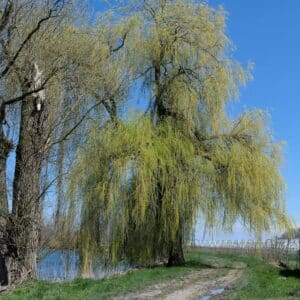
Celtis occidentalis, or Common Hackberry, is a hardy native shade tree with corky bark, wildlife-friendly fruit, and broad adaptability to urban and poor soils.
$21.99 – $149.99
Please note: Sizes 1.5 Gallon and up can’t be shipped outside the counties of Nassau, Suffolk, Brooklyn, and Queens.
Learn more about how the process works and how our plants are delivered.
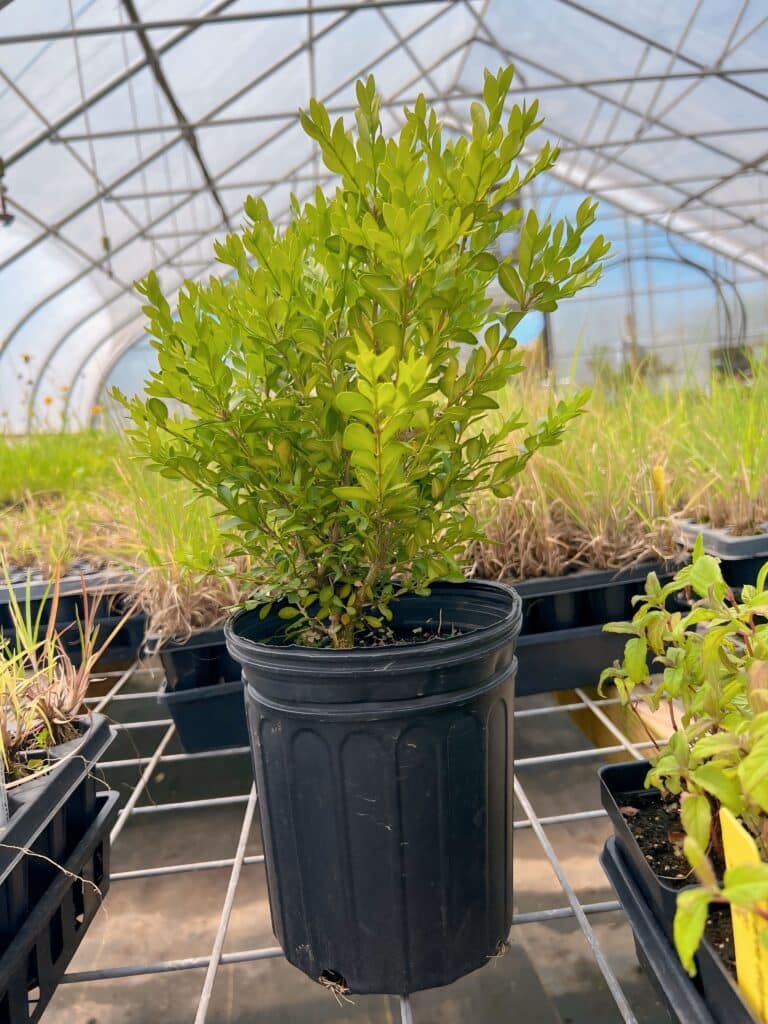

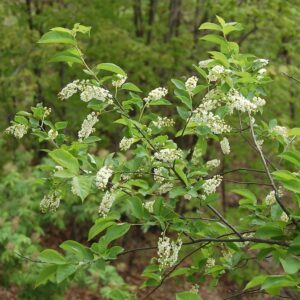
| Size | |
|---|---|
| Common Name | |
| Type | |
| Family | |
| Native? | US Native Plants |
| Zone | 3, 4, 5, 5b, 6, 7, 8, 8b, 9 |
| Height Range (ft.) | 40 to 60 |
| Spread (ft.) | 30 to 50 |
| Bloom Time | |
| Bloom Description | Greenish, inconspicuous flowers, Small |
| Sun | |
| Water | |
| Maintenance | |
| Suggested Use | |
| Tolerate | |
| Growth Rate | |
| Attracts |
Celtis occidentalis, commonly known as Common Hackberry, is a rugged native shade tree valued for its adaptability, wildlife benefits, and tolerance of urban and tough site conditions. Reaching 40 to 60 feet tall with a broad, arching canopy, Hackberry features rough, corky bark, serrated leaves, and small reddish-purple fruits in late summer that attract birds and other wildlife. It thrives in a wide range of soils, including heavy clay, dry sites, and areas with urban stress, making it an excellent choice for restoration, large landscapes, and habitat-focused plantings.
Tough and adaptable: Thrives in urban, dry, or clay-heavy soils
Wildlife-friendly: Fruits feed birds; leaves support native butterfly larvae
Shade provider: Grows into a large, arching tree ideal for cooling open spaces
Sun exposure: Prefers full sun
Soil needs: Extremely adaptable—tolerates dry, wet, and poor soils
Maintenance: Minimal; prune to shape when young if needed
Shade tree: Excellent for large yards, parks, and public landscapes
Habitat restoration: Ideal for naturalizing disturbed or urban areas
Biodiverse plantings: Attracts a wide range of wildlife and beneficial insects
Larval host plant: Supports Mourning Cloak, Hackberry Emperor, and other butterflies
Bird support: Fruit attracts songbirds and other wildlife
Native species: Enhances biodiversity and strengthens regional ecosystems
/5
Total reviews
|
|
Persons recommended this product
Anonymous
Shopper
check_circle Verified
Shop owner replied
Was this helpful
Anonymous
Shopper
check_circle Verified
Shop owner replied
Was this helpful
Your feedback helps us improve our service.
There are no reviews yet.
Be the first to review “ ”
Please log in to submit a review.
Only logged in customers who have purchased this product may leave a review
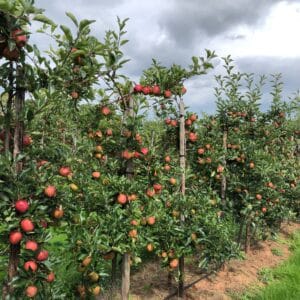
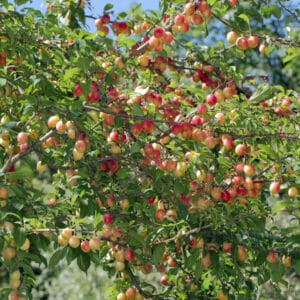
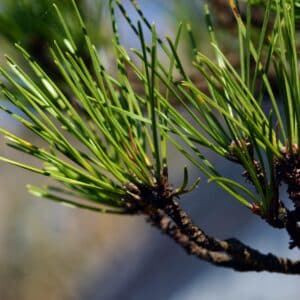
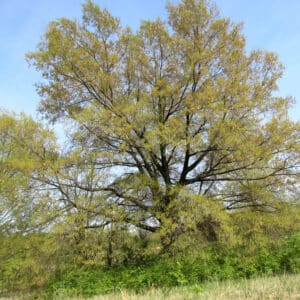

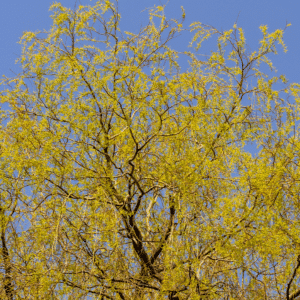
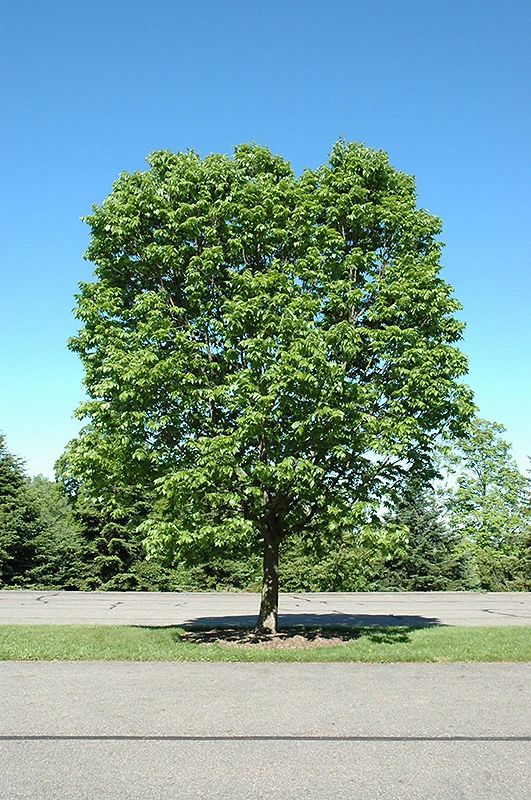
Yes. Celtis occidentalis is native to a wide range of the United States, primarily throughout the Midwest, Great Plains, and eastern regions. It’s a hardy, adaptable native tree that plays a valuable role in supporting local ecosystems.
Common Hackberry is a medium to large deciduous tree, typically growing 40 to 60 feet tall and 30 to 50 feet wide, though it can reach up to 100 feet under ideal conditions. It has a broad, spreading crown and is commonly used as a shade tree or street tree.
Hackberry thrives in full sun and is tolerant of a wide range of soil types, including poor, dry, clay, or alkaline soils. It is drought-tolerant, wind-tolerant, and performs well in urban environments. It is hardy in USDA zones 3 through 9.
Yes. Hackberry trees produce small, dark purple berry-like drupes in late summer to fall. These fruits are edible for wildlife and humans, with a sweet, date-like flavor, although the hard seed inside makes them less commonly consumed by people.
Absolutely. Hackberry is a host plant for several butterfly species, including the Hackberry Emperor and Tawny Emperor. Its fruit is eaten by birds and small mammals, and the tree provides excellent shelter and nesting habitat for a variety of wildlife, making it highly beneficial for biodiversity.
Our gift cards make it easy to share the beauty of plants, flowers, and all things green. Whether for a special occasion or just because, give the gift of choice and let them select their favorites to create a garden they’ll cherish.
BUYING HIGH QUALITY PLANTS HAS NEVER BEEN EASIER
Our plants are easy to order, plant, and enjoy! Bringing pollinators to your property improves vegetable yields – Feed the bees!
Sign up for our email list!
Copyright © 2025 Bumbee’s | Web design and SEO by Searles Graphics